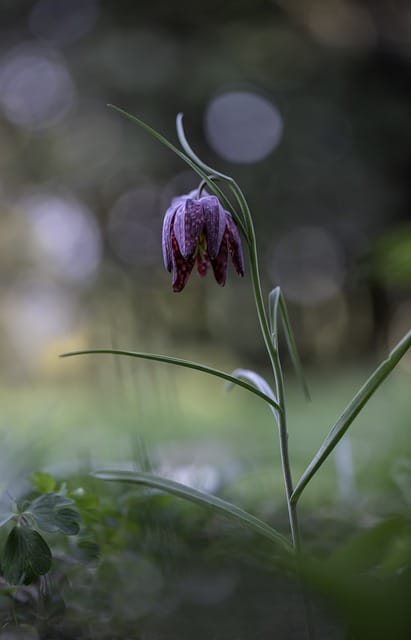How to grow Snake Plants
The snake plant, also known as Sansevieria or mother-in-law's tongue, is a popular choice for indoor plants

In this article:
- Introduction to Snake Plants
- Benefits of Having a Snake Plant
- Choosing the Right Snake Plant Variety
- Ideal Environment for Snake Plants
- Lighting Requirements for Snake Plants
- Watering Tips for Snake Plants
- Soil and Potting Requirements
- Fertilizing Snake Plants
- Propagating Snake Plants
- Common Pests and Diseases of Snake Plants
- Troubleshooting Common Issues
- Snake Plant Care Tips for Beginners
- Decorating with Snake Plants
- Frequently Asked Questions (FAQs)
- Conclusion and Final Tips
Introduction to Snake Plants
The snake plant, also known as Sansevieria or mother-in-law's tongue, is a popular choice for indoor plants. With its tall, sword-like leaves and low maintenance requirements, snake plants are perfect for beginners or busy individuals.
Benefits of Having a Snake Plant
Snake plants offer several benefits in addition to their aesthetic appeal. They are known for their ability to purify the air by removing toxins like formaldehyde, xylene, and toluene. Furthermore, they release oxygen at night, making them ideal bedroom companions.
Choosing the Right Snake Plant Variety
There are numerous varieties of snake plants available, each with its own unique leaf pattern and growth habits. Some popular options include Sansevieria Trifasciata (the most common variety), Sansevieria Moonshine, and Sansevieria Golden Hahnii. Choose the one that suits your preferences and indoor space.
Ideal Environment for Snake Plants
Snake plants thrive in warm environments with temperatures ranging from 70°F to 90°F (21°C to 32°C). They prefer indirect light and should be placed away from drafts or extreme temperature changes.
Lighting Requirements for Snake Plants
While snake plants can tolerate low-light conditions, they prefer bright, indirect light. Placing them near a north or east-facing window is ideal. Be cautious of direct sunlight, as it can scorch the leaves.
Watering Tips for Snake Plants
Snake plants are drought-tolerant and prefer to be underwatered rather than overwatered. Allow the soil to dry out partially between waterings, typically every 2-3 weeks. Be careful not to let the plant sit in excess water, as it can lead to root rot.
Soil and Potting Requirements
Use well-draining soil specifically formulated for succulents or cacti. Avoid heavy or compacted soils. A terracotta pot with drainage holes is ideal for snake plants, as it allows excess water to escape.
Fertilizing Snake Plants
Snake plants are content with minimal fertilization. Feed them with a balanced fertilizer diluted to half strength during the spring and summer months. Avoid fertilizing in the winter when growth is minimal.
Propagating Snake Plants
Snake plants can be easily propagated through leaf cuttings or division. To propagate from leaf cuttings, take a healthy leaf and cut it into sections, ensuring each section has a portion of the leaf with a node. Plant the sections in a well-draining soil mix and keep them moist until new growth emerges.
Common Pests and Diseases of Snake Plants
Snake plants are generally resistant to pests and diseases. However, they can occasionally suffer from mealybugs or spider mites. Regularly inspect your plants for any signs of infestation and treat accordingly.
Troubleshooting Common Issues
If your snake plant's leaves turn yellow, it may be a sign of overwatering or inadequate light. Adjust your watering schedule and move the plant to a brighter location. If the leaves droop or become mushy, this indicates overwatering. Allow the soil to dry out before watering again.
Snake Plant Care Tips for Beginners
For beginners, start with a small snake plant and gradually increase the size as you become more comfortable with its care. Remember to monitor the watering schedule, provide adequate light, and avoid overfertilization. Snake plants are forgiving and can tolerate minor neglect.
Decorating with Snake Plants
Snake plants are versatile and can complement various design styles. They work well as standalone floor plants or as part of a collection. Snake plants can be placed in decorative pots or baskets to add visual interest to your living space.
Frequently Asked Questions (FAQs)
Q: How often should I water my snake plant?
A: Water your snake plant every 2-3 weeks, allowing the soil to partially dry out between waterings.
Q: Can snake plants grow in low-light conditions?
A: Yes, snake plants can tolerate low-light conditions, but they prefer bright, indirect light for optimal growth.
Q: How tall can snake plants grow?
A: Snake plants can grow up to 2-4 feet tall, depending on the variety and care provided.
Conclusion and Final Tips
With their stunning appearance, air-purifying properties, and low maintenance requirements, snake plants are an excellent choice for indoor gardening. By following the care tips outlined in this article, you can easily grow and enjoy these beautiful plants in your home or office.
